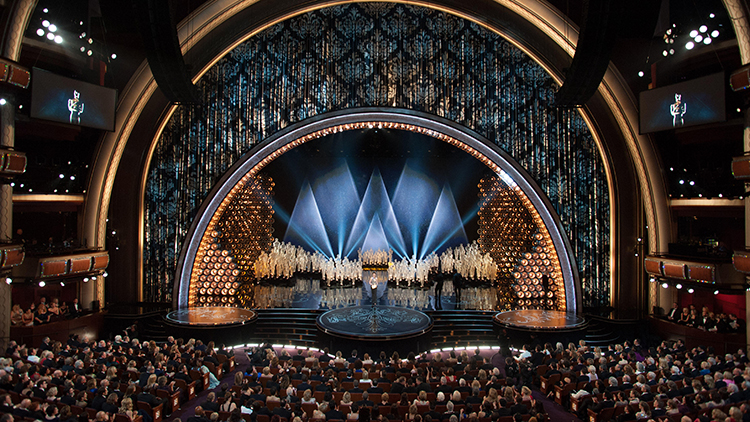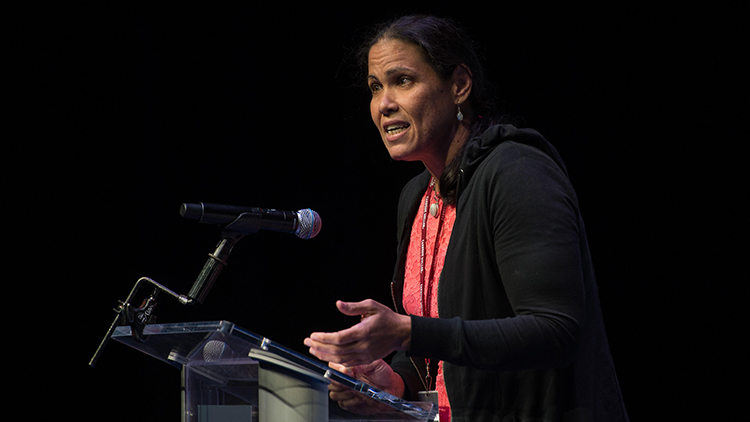![The Browning school near Dublin. Small number of pupils very poorly housed. Location: Dublin [vicinity], Georgia. One-Room Schoolhouse](https://k-5impactnewsg4-5.mheducation.com/wp-content/uploads/2017/09/SEP_G45_001P.jpg)
The school year has started again, and students all over the United States are in school every morning. Schools have not always looked the way they do now.
Long ago, education was a privilege reserved for wealthy people. Many people worked to make education more accessible to everyone. One of these people was Horace Mann. He is called “The Father of American Education”. He believed that giving an equal education to all people would reduce crime and make the world a better place.
The first schools were one room schoolhouses where one teacher taught 30 to 40 students. As more students began to attend school, the need for bigger schools grew. The government built schools with many classrooms that divided students by age. This is how modern schools and the system of different grade levels (first grade, second grade, third grade, etc.) developed.
Before 1852, kids weren’t required to go to school. This changed starting in Massachusetts with the Compulsory Attendance Act of 1852. This law required children between the ages of eight and fourteen to attend school for at least three months a year. At the end of the 19th century, the attitude towards education became more functional. Education prepared children for their future jobs, including factory jobs. Schools needed to teach kids how to be good factory workers. This new attitude combined with compulsory attendance laws made schools into places where children were assimilated into American society.
The modern school system was developed with the idea that school is a place where children develop. This mindset formed education, and made it the industry it is today.
What About You? What changes would you make to the current school system so it could be better in the future?
Photo Credit: Library of Congress Prints and Photographs Division [LC-DIG-nclc-00250]



